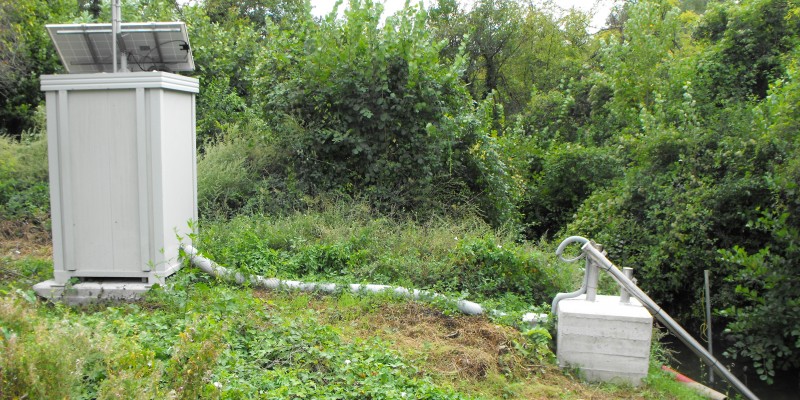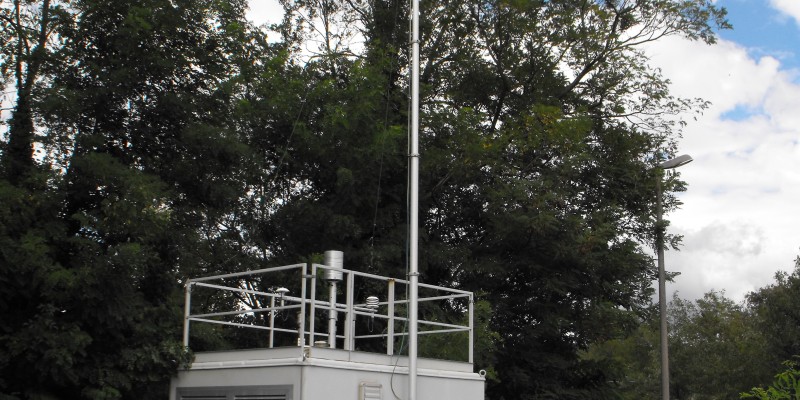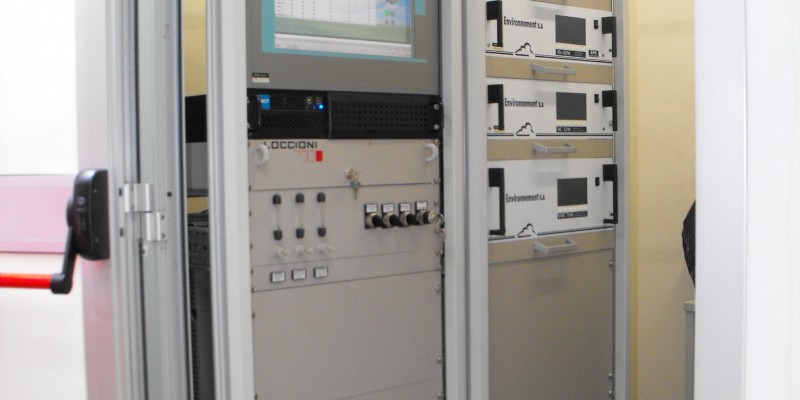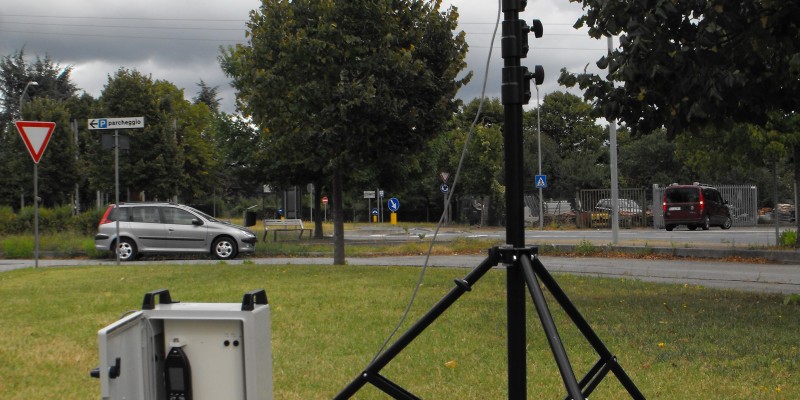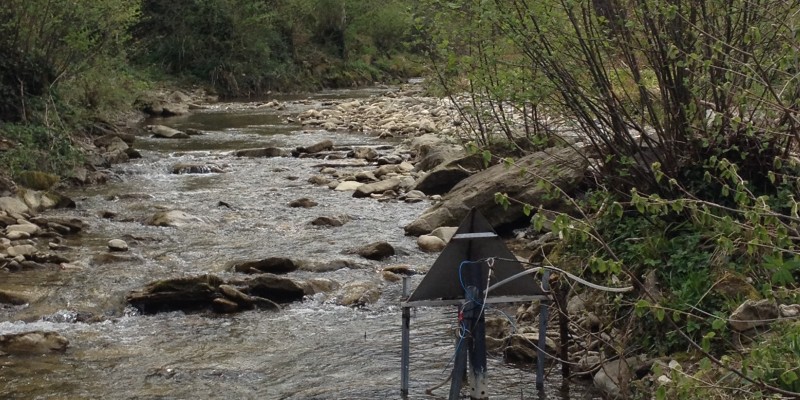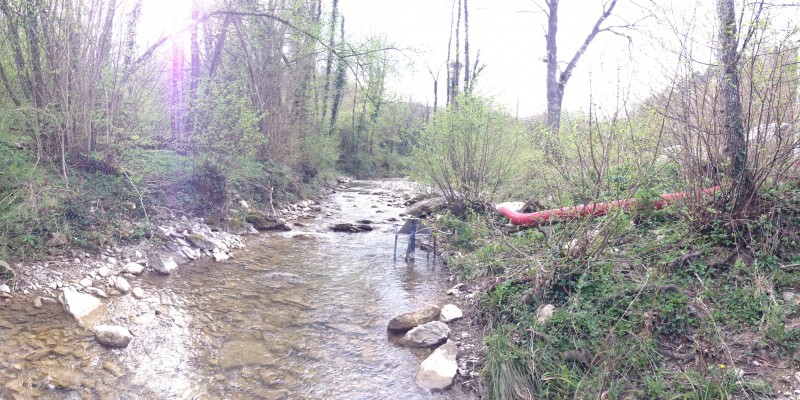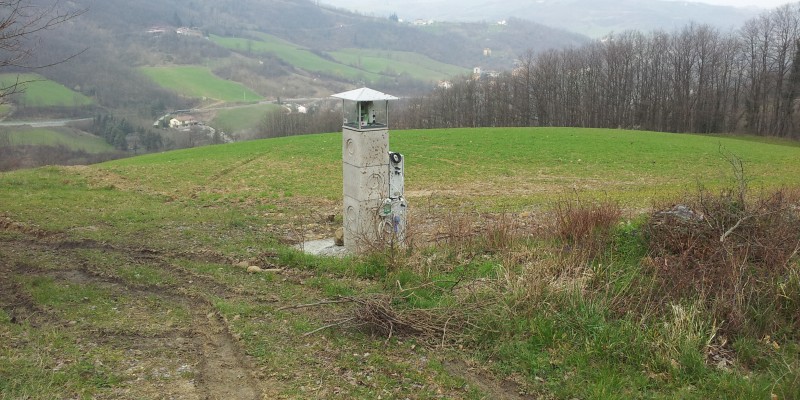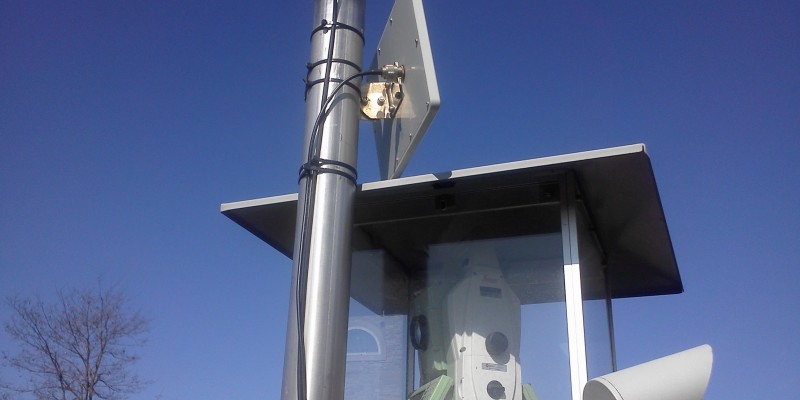
Other Sections:

Environmental Monitoring
Spea Engineering, a Company in the ATLANTIA Group, as part of its principal works in the form of road and airport infrastructures, also engages in environmental monitoring – via its specialist department – on behalf of the major concessionaires throughout the Country: Autostrade per l’Italia (ASPI), Aeroporti di Roma (ADR), and Tangenziale Est Esterna di Milano(T.E.E.M.).
SPEA’s Environmental Monitoring Department was created in 2002, initially to oversee the works in the Crossing Variation.
Subsequently, its work was extended to all the other motorway routes affected by extension works or new builds:
- The Adriatic A14 motorway, in the sections between Rimini and P.to S. Elpidio.
- The A9 motorway on the Lainate – Como stretch.
- The A1 Motorway on the Fiano – GRA byway.
- Works connected with the Expo 2015 in Milan: Rho – Monza, the A8 motorway between the Milan barrier and Lainate, and on behalf of T.E, the Outer Eastern Milan Ring Road.
OPERATING STRUCTURE
From a logistics point of view, the Department is spread over a number of offices, in order to be close to worksite activities, and to adapt checks to the actual progress with works. In addition to the original Barberino di Mugello location, created near the works on the Crossing Variation, there are currently offices in Camerata Picena and Milan. A further operating base is about to be opened in Fiumicino, to monitor the airport sites on behalf of ADR.
The Department is made up of 3 distinct work groups, which look after environmental, geotechnical and topographical matters respectively. Each group is divided into personnel involved in measuring in the field, and those who process the data, prepare periodic reports and maintain ties with Control Bodies (Environmental Watchdogs).
Another activity launched recently, in addition to direct surveys of various environmental components, is the support provided to Directors of Works by the Department’s technicians in the role of Environmental Contact Persons, with the task of assisting them in the checks provided for in Environmental Specifications for worksite management.
GOALS
The purpose of Environmental Monitoring is to conform to the current norm and indications by the Control Bodies, especially following Environmental Impact Evaluation procedures, in relation to checking the impacts of works in the construction phase, and checking the efficacy of mitigation in the operating phase.
Therefore, the Monitoring Plan sets itself the following objectives, in the various implementation phases:
- Analysing conditions prior to the works in order to understand the existing environmental dynamics.
- Guaranteeing control of specific situations while the works are in progress, so that carrying out the works can be adapted to particular environmental and social needs.
- Checking environmental interference that may arise due to carrying out the works, distinguishing them from the changes induced by other natural factors or related to anthropic activities in the area, not related to the motorway works.
- Reporting any emergencies that arise, in order to avoid seriously compromising events from developing, in relation to the quality of the environment in the area.
- Checking the efficacy of the steps taken to mitigate any impacts induced by the motorway works.
- Checking the phase in which the works come into operation.
OPERATING METHODS
As regards strictly environmental aspects, in general the various Monitoring Plans cover the following components:
- Anthropic sector: atmosphere, noise, vibrations.
- Water sector: surface and underground waters.
- Natural sector: vegetation, ground and fauna.
- Physical aspect of the territory: stability of slopes.
- Countryside sector: archaeological, architectural and landscape assets.
Other geotechnical and topographical activities are used to support environmental monitoring, which are also carried out to support Directors of Works.
During the site survey phase, the Department is able to work using its own instrumentation, for the various environmental components, made up of:
- Air quality survey grids.
- Precision noise meters for measuring noise and vibrations.
- Continuous and portable stations for water quality measurements.
- Instrumentation for geognostic and topographical surveys.
All the data gathered is managed via dedicated databases, that are able to make information available to the citizens – via specific websites for each infrastructural job – that the various Environmental Watchdogs decide to make public.






